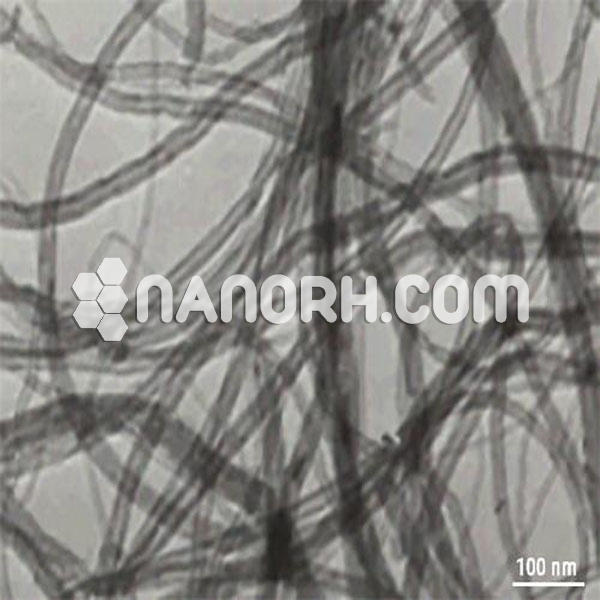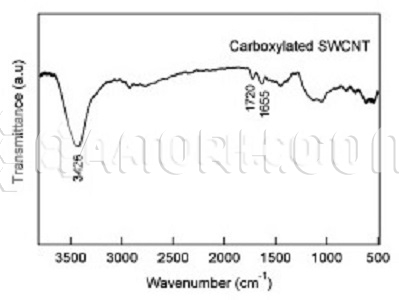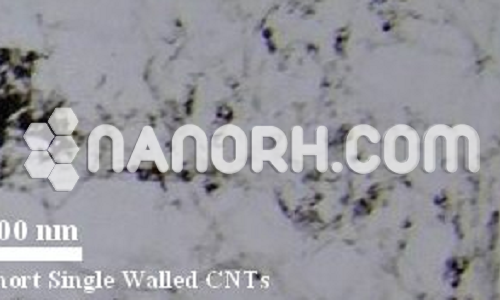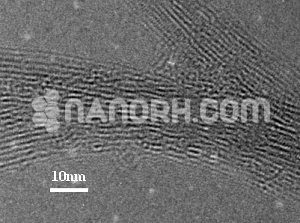| MWCNTs N-Methyl-2-Pyrrolidinone Dispersion | |
| Product No | NRE-36021 |
| CAS No. | NA |
| Purity | > 95 wt% |
| Average Diameter | 20-30 nm |
| Average Length | 10-30 um (TEM) |
| Special Surface Area(SSA) | > 110 m2/g (BET) |
| Tap Density | 0.28g/cm3 |
| True Density | 2.1 g/cm3 |
| Electric Conductivity | > 100 S/cm |
MWCNTs N-Methyl-2-Pyrrolidinone Dispersion
Multi-Walled Carbon Nanotubes (MWCNTs) have a broad spectrum of applications due to their unique properties, such as high mechanical strength, electrical and thermal conductivity, flexibility, and large surface area. Below are different fields and specific applications where MWCNTs are used.
Electronics and Nanoelectronics
Conductive Films and Coatings: MWCNTs n-methyl-2-pyrrolidinone dispersion are used in the creation of conductive films and transparent conductive coatings for electronic displays, touchscreens, and solar panels.
Transistors (FETs): MWCNTs serve as the channel material in field-effect transistors (FETs), offering improved performance in nanoelectronics such as integrated circuits and flexible electronics.
Biosensors: MWCNTs are employed in biosensors for detecting diseases, toxins, and other biomarkers. Their high surface area enhances sensitivity and accuracy.
Energy Storage and Conversion
Lithium-ion Batteries: MWCNTs are used in anode and cathode materials of lithium-ion batteries, improving the capacity, charging speed, and lifespan of these batteries.
Supercapacitors: MWCNTs enhance the performance of supercapacitors by increasing their energy density and conductivity, making them more efficient in storing and discharging energy.
Fuel Cells: MWCNTs are used as electrodes and catalysts in fuel cells, increasing their efficiency and stability during the electrochemical reactions that produce energy.
Solar Cells: MWCNTs are incorporated into solar cells to improve charge collection and efficiency in converting sunlight into electrical energy.
Composite Materials
Reinforced Polymers: MWCNTs are added to polymers to produce nanocomposites that are stronger, lighter, and more thermally stable. These composites are used in various industries like aerospace, automotive, and construction.
Structural Reinforcement: MWCNTs are integrated into metals and ceramics to improve their mechanical properties, such as strength, stiffness, and resistance to wear and tear.




